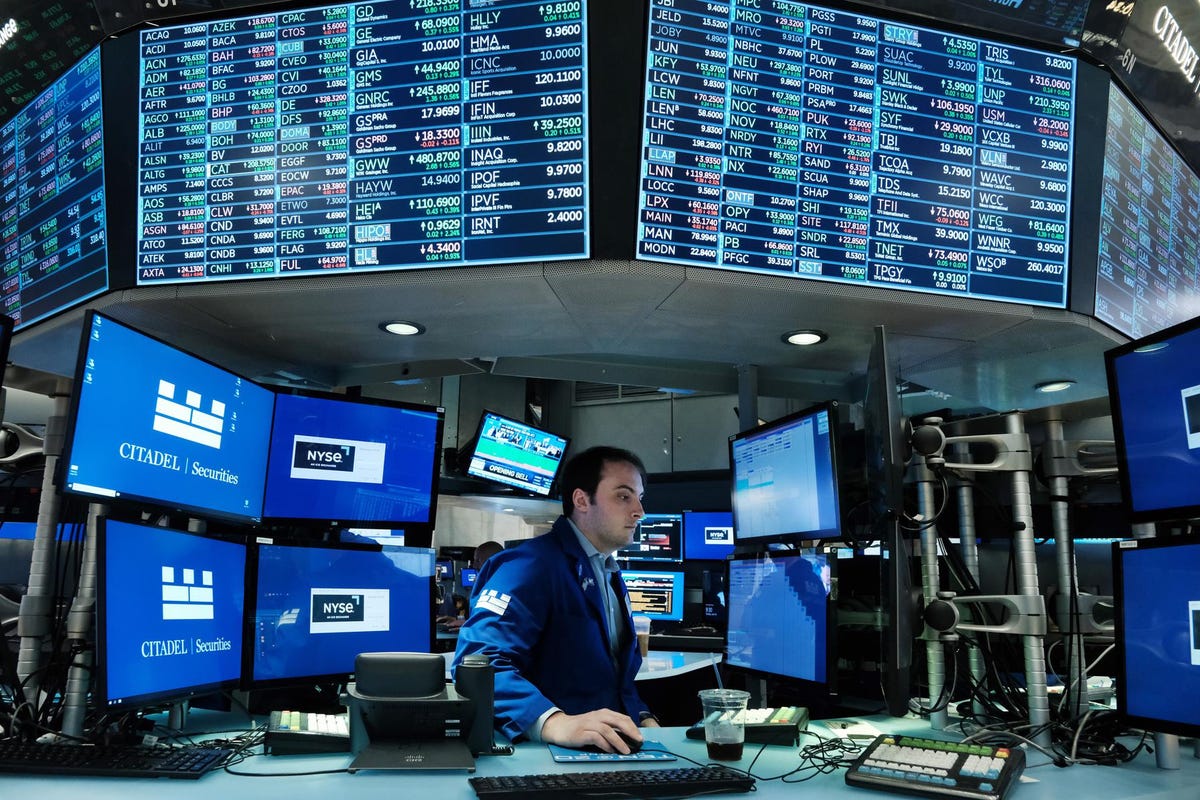The U.S. economy experienced a substantial downshift in activity in March and April, accelerating our recession timeframe. Our base-case view for the last 10 months has been that a recession was the most likely outcome for the economy. While we believe a recession has not yet started, we are less confident than we were just two months ago, given additional downward momentum in macroeconomic indicators.
The onset of a recession is now likely within the next few quarters, in our view.
For starters, April economic data was consistently weak. During the month, the US Citi Economic Surprise Index[1] declined from 57 to 22. Among the U.S. economic indicators we track, truck shipments, jobless claims and job sentiment all worsened.
Job sentiment and jobless claims are leading indicators for the health of the labor market, which until now has remained remarkably resilient. Yet if history is any guide, net job losses and a rising unemployment rate should emerge later in 2023.
Finding Work Proving More Challenging
The share of individuals responding that jobs are plentiful in the Conference Board Consumer Confidence Index® has fallen from 56.7% just over a year ago to 48.4%. Those responding that jobs are hard to get have risen, but remain low.
This decline in job sentiment may presage slowdowns in consumption; individuals often hold off on marginal purchases when they have less confidence in their ability to find work, if needed.
Meanwhile, jobless claims have drifted higher. In early April, the U.S. Bureau of Labor Statistics released updated seasonal adjustment factors. These changes showed jobless claims were stronger (lower) in summer 2022, but weaker (higher) in early 2023 than previously thought.
Over the past two months, jobless claims have been choppy–as is their nature, and why we and others focus on their four-week moving average–but clearly have risen into a higher range relative to the second half of 2022. This step-up in claims is not surprising, with many companies facing margin pressure from reduced pricing power, coupled with stickier cost structures.
The rise in the number of individuals filing for first-time unemployment benefits bodes poorly for future consumption. High earners make up a disproportionately large share of that increase, which is uncommon. This suggests that generous severance packages granted at termination may be running out. It similarly bodes poorly for future economic growth if these workers are unable to find new employment, a more daunting prospect given a deteriorating job sentiment.
Truck Freight Volumes Down Sharply
The labor market is not the only area of the economy showing strain: 72% of total U.S. freight moved each year goes on trucks, and in April, the American Trucking Association’s Truck Tonnage Index had one of its worst monthly declines on record since the early 1970s.
Supply chain pressures appear to have normalized, with the New York Fed’s Global Supply Chain Pressure Index dropping to -1 standard deviation from +3 just over a year ago.
This contributes to the decline in freight volumes as bottlenecks ease, inventories are restocked and less “stuff” is moving through the economy, portending a further slowdown in activity.
Jeffrey Schulze, CFA, is a director and investment strategist at ClearBridge Investments, a subsidiary of Franklin Templeton. His predictions are not intended to be relied upon as a forecast of actual future events or performance or investment advice. Past performance is no guarantee of future returns.
[1] The US Citi Economic Surprise Index is produced by Citigroup.Read the full article here












